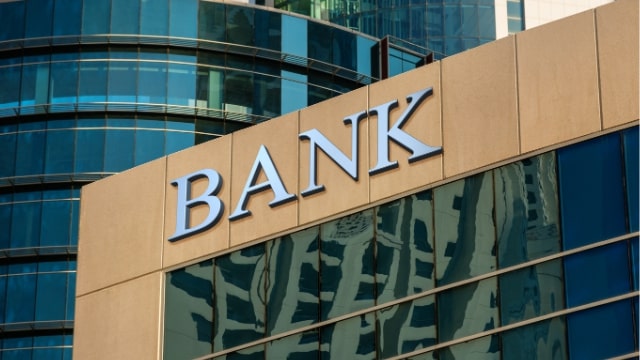NEWS: Spanish banks foresee problems with loan repayments in the coming years as Companies face bigger payment problems than individuals.
The major Spanish banks (Santander, BBVA, CaixaBank, Sabadell, Bankia, and Bankinter) are accumulating EUR 159 billion in loans and financing that are likely to default.
This amount has increased by almost 20% in the last quarter alone and represents 8% of the total portfolio. Furthermore, it poses a threat to the balance sheet for the next two years and is now under scrutiny.
As yet, financial institutions have not yet suffered from an increase in financial insolvency due to the health crisis, debt deferrals, and ICO (Initial Coin Offerings) financing facilities. This has made the banking sector and experts believe that defaults will worsen over the course of this year. The biggest hit will be in tourism, leisure, hospitality, transport, consumption, and the mortgage segment. These have been the most affected by the corona restrictions.
Peak expected
Caixabank’s CEO thinks the peak in bad debts will be reached this year. Others, however, think the number will continue to rise until 2022. Banks have set aside provisions to cover these gaps in the short-term. But by the second half of 2020, their special provisions will have fallen relative to the assets saved in the first six months of the year. Banks aimed to show higher profitability, despite the slap on the wrist from the Banco de España for delayed provisioning.
Extraordinary provisioning
In total, the major Spanish banks have set aside more than EUR 25 billion for the extraordinary provision for the pandemic and to provide for bankruptcies. This is more than double the amount included in the income statement of 2019. Together with the costs of network and staff changes, the fall in the Euribor to a minimum and the impairment of the goodwill of foreign subsidiaries resulted in the six major banks ending the financial year with a loss of 5.5 billion. This negative result is mainly attributable to Santander. The biggest problems are in corporate finance, although the flexibility and guarantees of the ICO loans help to somewhat soften the blow.
Government support
The banks are looking for a way to manage the number of risky loans, to prevent them from being transferred to the default line. Banks, including BBVA, CaixaBank, and Santander, have asked the government to take new measures, such as reforming bankruptcy laws or providing direct support to the most affected companies.
Focus on viable businesses
Bankers are aware that not all companies can be saved. They will look for facilities to support viable businesses. The rest will disappear and the banks will have to bear the cost of the missed loan and credit repayments. In relative terms, BBVA is most at risk from possible losses on its loan portfolio.
Private clients
For the private sector, the outlook is much more optimistic. With only 2-3% of overdue loans (mainly consumer loans), private individuals are meeting their payment obligations better than expected. The banks are confident that this trend will continue, although the success and speed of the Covid-19 vaccination play an important role in this.
Differences between the banks
Santander has the most loans under special supervision, amounting to EUR 69 billion. The ‘smaller’ bank BBVA has more than a 10% chance of future losses on its portfolio, which is relatively the highest risk. The Basque bank is also seeing an increase in defaults, from 3.6 to 4% during the pandemic. This is affecting its Mexican subsidiary in particular. However, the institution stresses that its coverage level of 81% is the highest compared to the average of European competitors (63%). Bankinter has the best prospects with only 2.4% risky loans (accounting for just over 1.6 billion).


